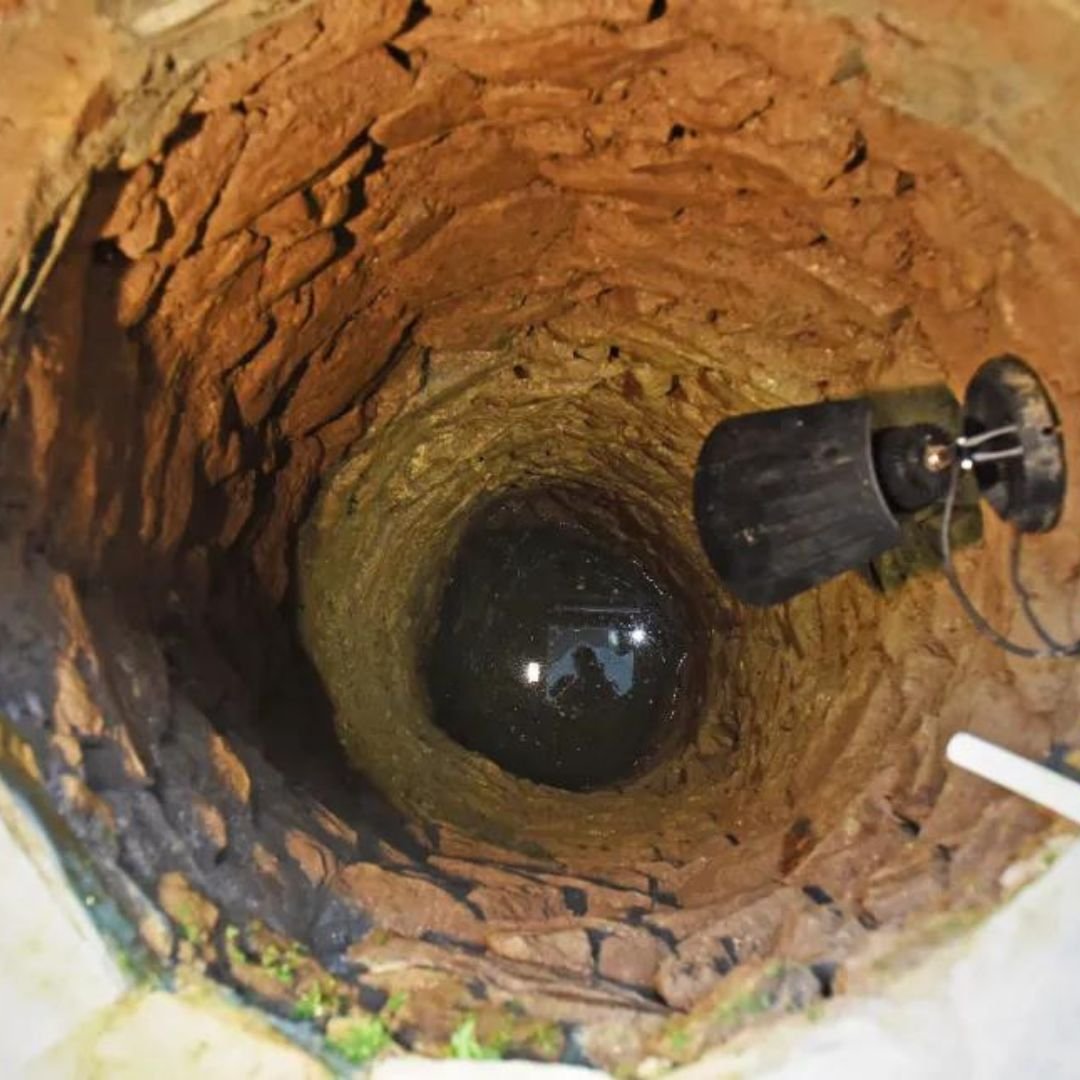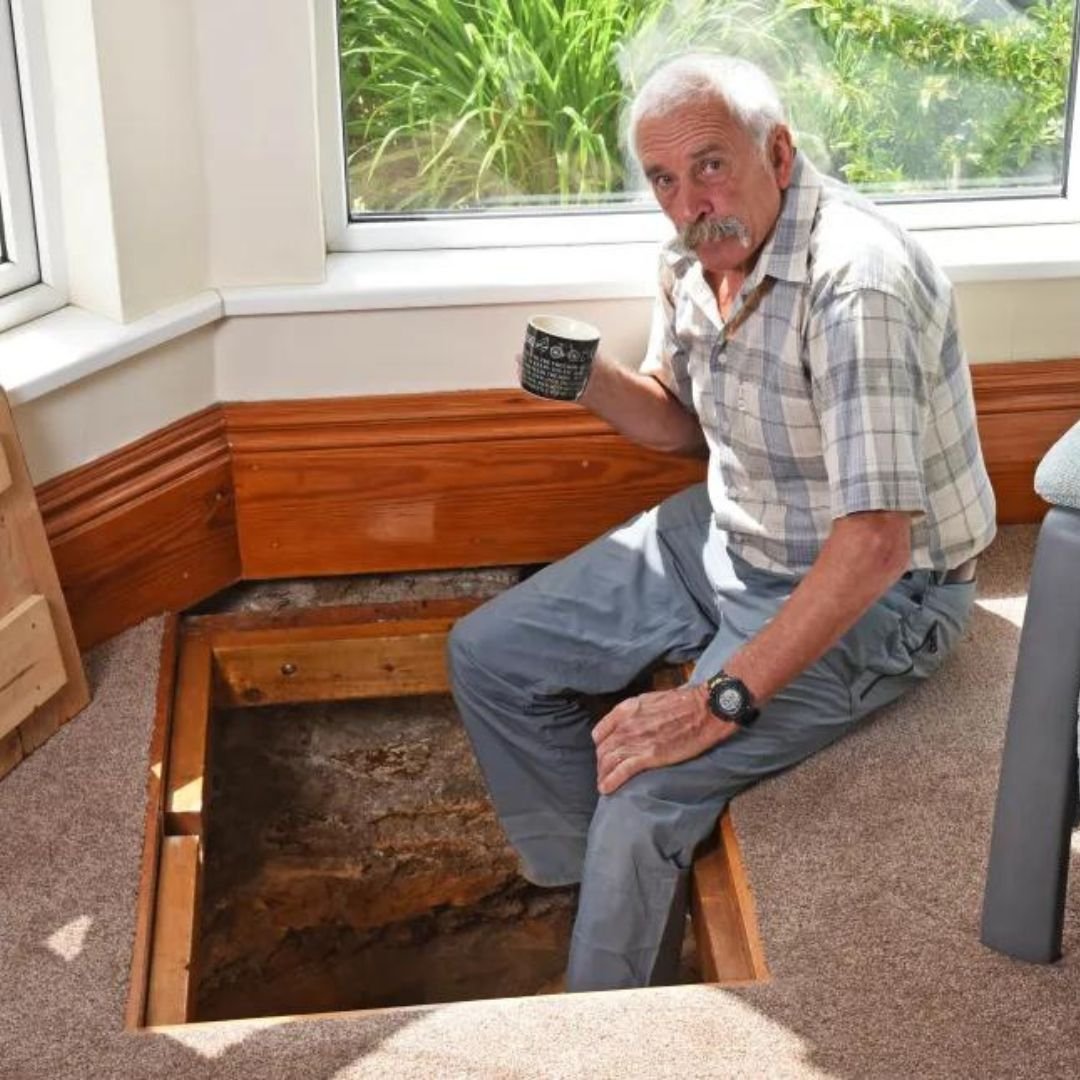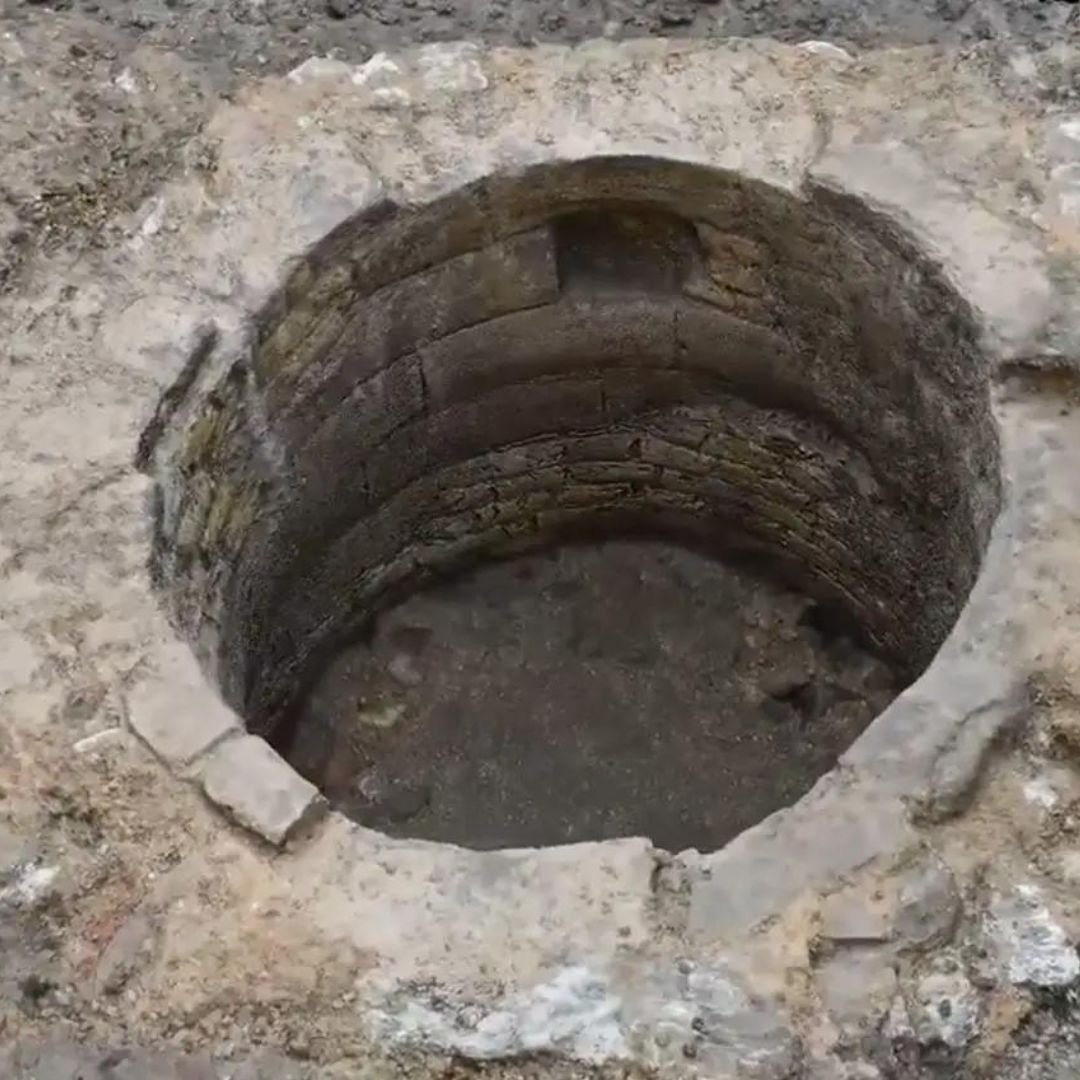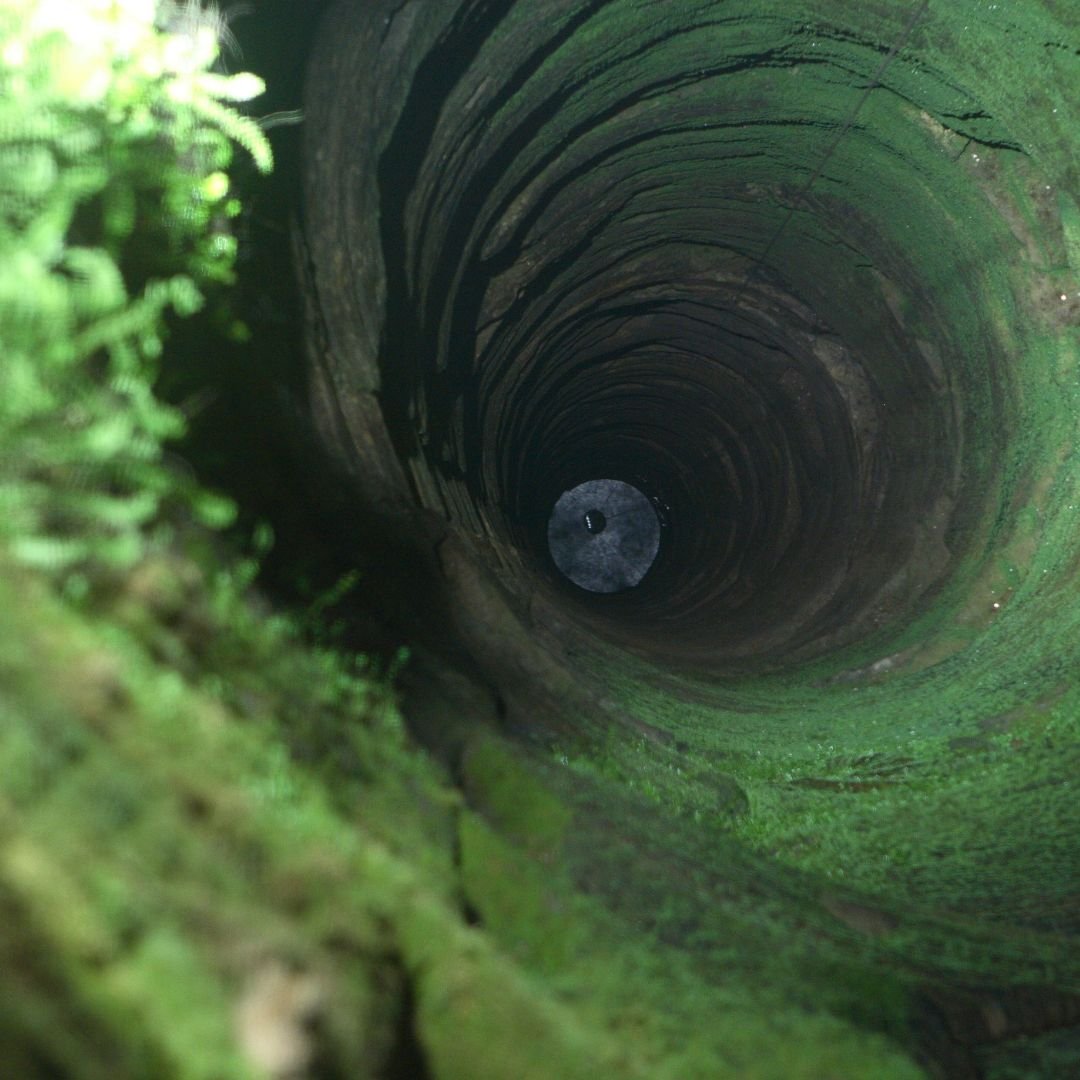500 Year Old Well Found Under Living Room In Plymouth
This Grandad found a 500-year-old, 17ft deep well under his living room in Plymouth, Devon.

Credit: Caters
Incredibly, an ancient sword and coin from 1725 was also found inside the well.
Colin Steer discovered the well after noticing a dip in the floor while redecorating, and he has spent the last decade digging it out.
Colin, a former civil servant, said: “I was replacing the joists in the floor when I noticed a slight depression – it appeared to be filled in with the foundations of the house.

”I dug down about one foot and saw that it was a well but Vanessa just wanted to me to cover it back up because we had three children running around at the time.
“We still aren’t really sure about why the well is there – we have looked at old maps to try and work out its origin but we have had no luck.
“But because of the sheer size of it, we have guessed that it could have been used for feeding animals or for two to three families.
“Since I began digging out the well, I have also found a coin from 1725.”
In the late 18th century, during the reign of George III, the government issued large copper coins known as the “cartwheel” penny and twopence.

These were thick and heavy coins with a wide diameter.
Reacting to the discovery on social media, someone said: “Hmmm I don’t think I’d be drinking from that well!”
Another person said: “If you’re lucky enough to uncover a medieval well inside your house or garden, please do not do what this man did.
”Aside from the safety risks, wells are natural traps as anaerobic environments where important organic artefacts might be preserved.
Always get a professional to excavate and record such things, and consider how you preserve what you find. Otherwise, you might as well just leave it where it is.”

An ancient sword was also discovered inside the well.
Historically, the sword developed in the Bronze Age, evolving from the dagger; the earliest specimens date to about 1600 BC.
The later Iron Age sword remained fairly short and without a crossguard.
In medieval times, wells were used to access groundwater in underground aquifers.
This would be done by drawing the water from a pump or via buckets which usually would be raised by hand.

But, if you were lucky enough to be rich, you’d have your own private well – most likely in the basement of your house.
It was common for external wells to be poisoned in Medieval times, which is why castles would have them built internally.
It could take decades to construct the well but it was worth the wait to have your own clean water.
To prevent the well from collapsing, some were lined with stones, bricks, or wood.
Regular maintenance was essential to keep wells functional.

This involved periodic cleaning to remove debris, prevent contamination, and maintain the quality of the water.
If you enjoyed this blog post, please follow Exploring GB on Facebook for daily travel content and inspiration.
Don’t forget to check out our latest blog posts below!
Thank you for visiting Exploring GB.
Related Post
A shocking documentary proves that mermaids do exist
SHOCKING Revelation: Thuya, Mother of Queen Tiye, Was the Grandmother of Akhenaten and Tutankhamun—What Ancient Egyptian Secrets Did She Leave Behind?
Breaking News: Astonishing Discoveries at Karahan Tepe Confirm an Extraterrestrial Civilization is Hiding on Earth, and NO ONE Knows!
Breaking News: Researchers FINALLY Discover U.S. Navy Flight 19 After 75 Years Lost in the Bermuda Triangle!
NASA’s Secret Investigation: Uncovering the Astonishing Mystery of the UFO Crash on the Mountain!
Explosive UFO Docs LEAKED: Startling Proof That Aliens Ruled Ancient Egypt!